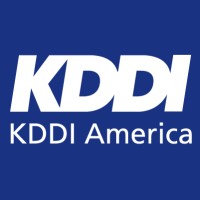
KDDI America, Inc.
KDDI America is the US subsidiary of KDDI Corporation, a Fortune Global 500 company and is growing communications carrier with a proven track record in Japan and a longstanding reputation for quality and reliability. KDDI America provides a wide range of High Quality Services such as Communications, Data Centers and Solution Services throughout the world.






